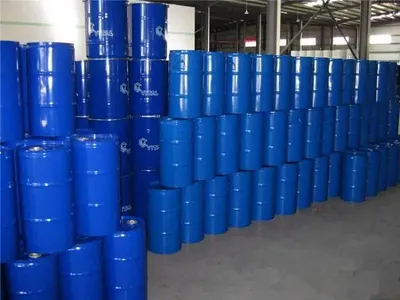Phenol is a versatile chemical compound with a wide range of applications in industry and research. Its commercial preparation involves a multi-step process that begins with the oxidation of cyclohexane. In this process, cyclohexane is oxidized into a series of intermediates, including cyclohexanol and cyclohexanone, which are then converted into phenol. Let’s delve into the details of this process.
The commercial preparation of phenol begins with the oxidation of cyclohexane. This reaction is carried out in the presence of an oxidizing agent, such as air or pure oxygen, and a catalyst. The catalyst used in this reaction is usually a mixture of transition metals, such as cobalt, manganese, and bromine. The reaction is carried out at elevated temperatures and pressures, typically ranging from 600 to 900°C and 10 to 200 atmospheres, respectively.
The oxidation of cyclohexane results in the formation of a series of intermediates, including cyclohexanol and cyclohexanone. These intermediates are then converted into phenol in a subsequent reaction step. This reaction is carried out in the presence of an acid catalyst, such as sulfuric acid or hydrochloric acid. The acid catalyst promotes the dehydration of cyclohexanol and cyclohexanone, resulting in the formation of phenol and water.
The resulting phenol is then purified by distillation and other purification techniques to remove impurities and other by-products. The purification process ensures that the final product meets the purity requirements for different applications.
Phenol is used in a variety of applications, including the production of polycarbonates, Bisphenol A (BPA), phenolic resins, and various other compounds. Polycarbonates are widely used in the production of plastic containers, lenses, and other optical materials due to their high transparency and resistance to impact. BPA is used in the production of epoxy resins and other adhesives, coatings, and composites. Phenolic resins are used in the production of adhesives, coatings, and composites due to their high resistance to heat and chemicals.
In conclusion, the commercial preparation of phenol involves the oxidation of cyclohexane, followed by the conversion of intermediates into phenol and purification of the final product. The resulting phenol is used in a wide range of applications, including the production of plastic containers, adhesives, coatings, and composites.
Post time: Dec-11-2023





